5 Famous Artists of the Impressionist Movement and Their Iconic Works
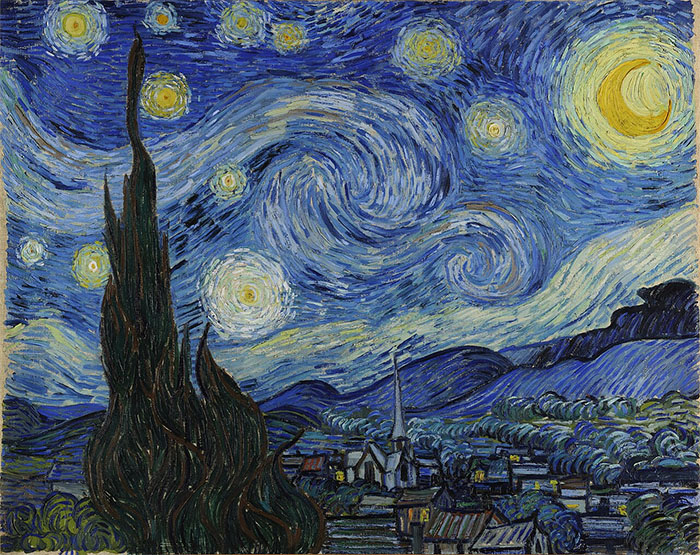
Back in the 19th century, many European artists kicked off something called the Impressionism movement. They switched things up by painting everyday life and nature instead of the usual big-deal events and landscapes.
Impressionist art pops with bright colors and isn’t super detailed. Artists used smooth, clear colors, so you can’t really see any brush strokes. Basically, the art is all about how the artist saw things.
Some big names in Impressionism are Edouard Monet, Claude Monet, Pierre-Auguste Renoir, and Camille Pissarro. They were all key players in making this art style a big deal.
They all played a big part in this art movement. We will now go over some of their notable works.
1. Edouard Manét
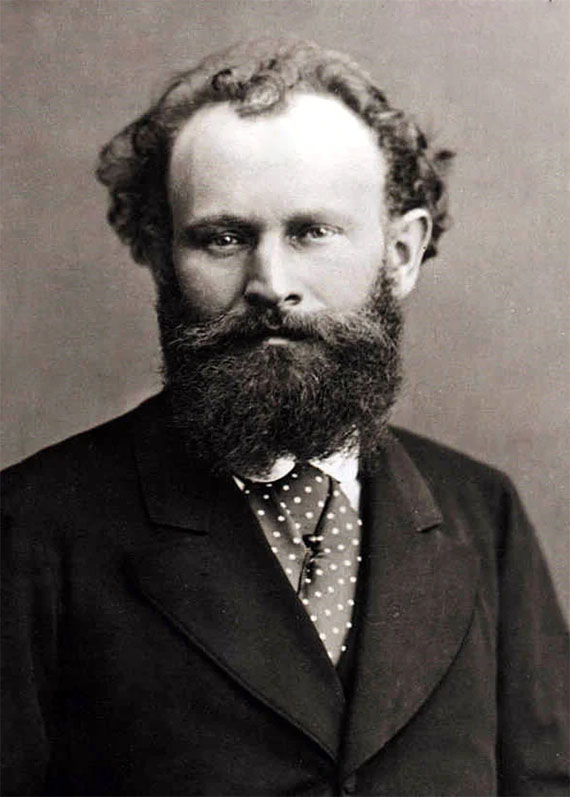
Manet was an impressionist painter who mainly painted scenes from Parisian society. His paintings often featured nudist women, which caused controversy. Manet was unique in his style of painting. Also, he did not go to any impressionist shows in Paris.
Manet chose to paint everyday objects and life in general. He painted the cafes and pubs of Paris, urban life, and the streets, as well as its inhabitants, beggars, singers, and workers. The loose brushstrokes of his paintings made them appear unfinished to critics.
Manet is known for his famous works such as Luncheon at the Studio, Concert on the Tuileries Gardens (also called Concert), A Bar in the Folies Bergere (also called Folies Bergere), Portrait of Berthe Morisot and Concert on the Tuileries Gardens.

2. Claude Monet

Monet was one of the founders of Impressionism. He painted outdoors and captured the light in his works. Monet replaced figures with light and air as the subjects for his paintings. He was unwilling to conform to conventional notions about art. He experimented with it. Monet’s works are full of bold colors and unconventional compositions.
He used larger fields of colors and smaller paint strokes and worked with complementary or contrasting shades. As a landscape painter, Monet was heavily influenced by both John Constable and Joseph Mallord William Turner. This heightened Monet's passion for landscape paintings. Some of Monet's notable works include Water Lilies, Impression Rouen Cathedral Series, The Haystacks, and Woman in the Green Dress.

3. Edgar Degas
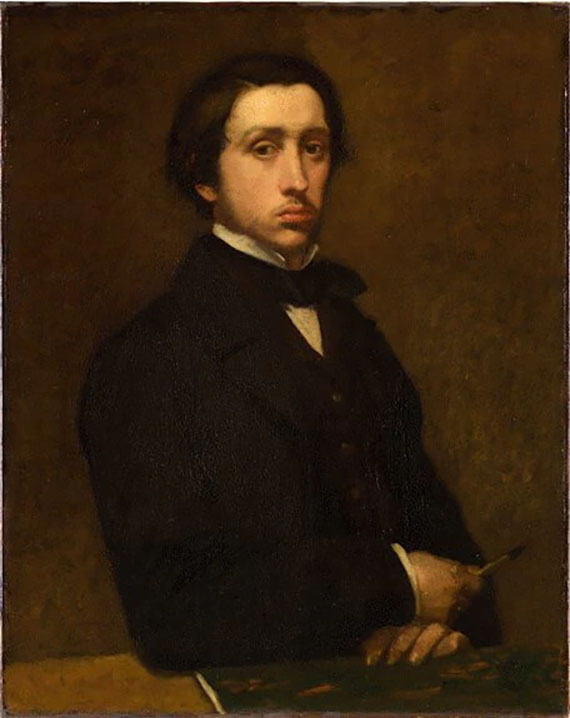
The work of this impressionist artist is mainly composed of scenes from Parisian daily life. The main subjects of his paintings are human bodies, especially female ones. His academic training sparked Degas' interest in figures. He preferred not to be called impressionist but rather independent.
Degas painted dancers, singers, and prostitutes in various innovative styles. Degas painted the women in strange poses and unusual angles under artificial lighting.
Edgar Degas chose a path less trodden, turning away from the academic ideals that glorified historical and mythical themes and drawing inspiration from the tapestry of everyday life instead.
His canvases brought to life scenes from the lower strata of society, a choice that stirred controversy among the critics of the Impressionist era. Some of Degas's most notable masterpieces include "The Bellelli Family" and "Monsieur and Madame Edouard Manet."
Within the esteemed walls of the Musee d'Orsay in Paris, art enthusiasts can witness Edgar Degas's brilliance in "At the Races" (1877-1880), a work that speaks volumes of his adeptness with oil on canvas.
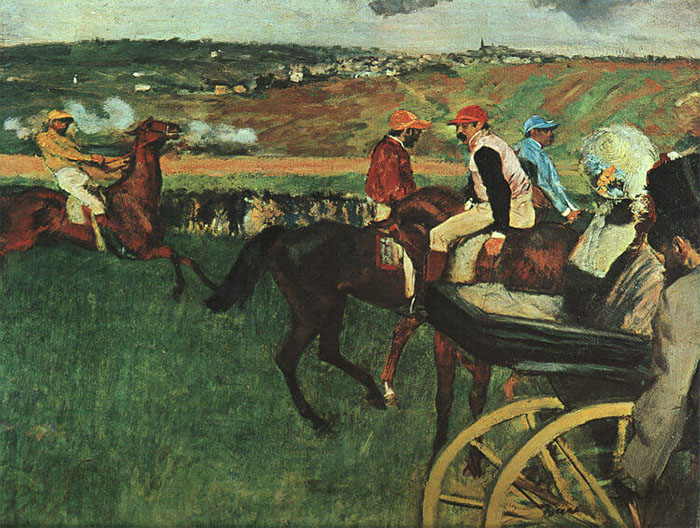
4. Pierre-Auguste Renoir
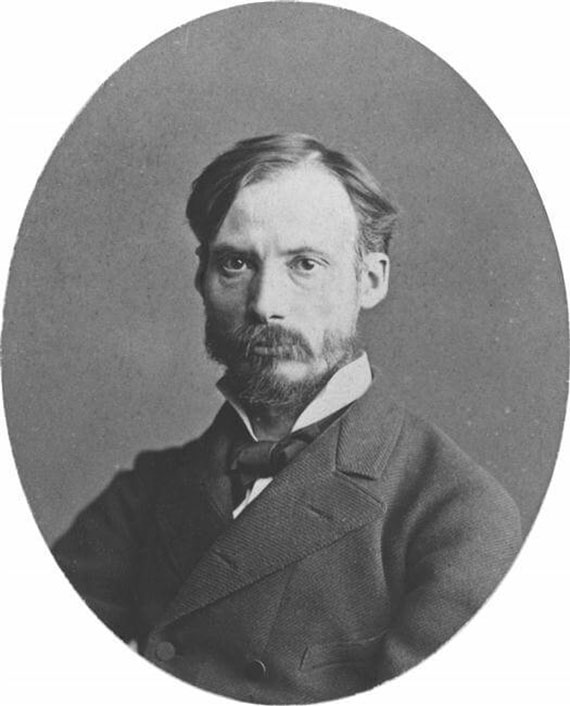
Pierre-Auguste Renoir loved painting scenes from everyday Parisian life. He definitely had a knack for spotting beauty. On top of that, he was really good at picking the colors. He used light and shadow masterfully. It brought his paintings to life and made them look real. You can see lively colors and people enjoying themselves in his works.
More importantly, Renoir had fresh eyes on painting. It found manifestations in his bright and colorful strokes. He depicted the glowing skin of the women in this way.
Here’s the main thing that made him stand out from the crowd of other painters of his time. Unlike the mainstream painters, he didn’t paint landscapes. On the contrary, Renoir liked painting people. What are his top works? They include "Diana the Huntress," "La Grenouillère," "La Loge," "Madame Georges Charpentier & Her Children," and "Woman in Black."
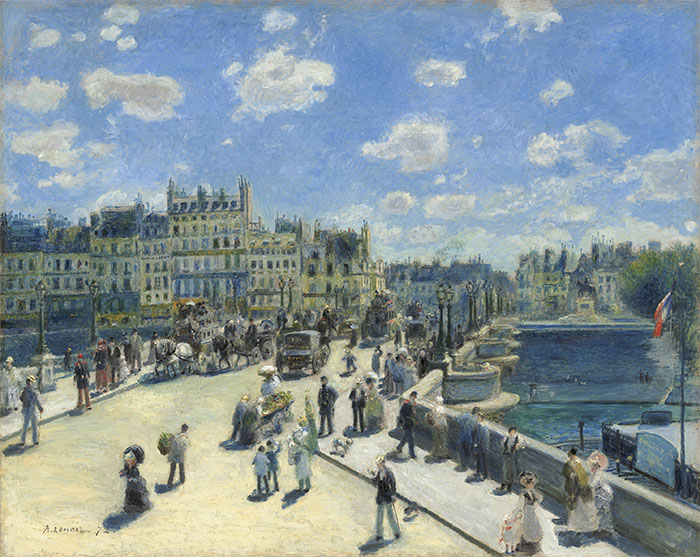
5. Camille Pissarro

He is another prominent figure of the Impressionist era. What key achievements did he accomplish? Camille Pissarro managed to showcase his works at all 8 exhibitions of that epoch. In fact, he was the only painter of that time who actually did this. Kudos to Pissaro!
Now, let’s talk about his style. He painted a lot of scenes devoted to Parisian peasants. He had a focus on the interplay of light and colors. His artistry was deeply connected with his political beliefs. And this impact of politics found manifestation in his paintings.
This is evident in his paintings of the peasant workers. He liked to paint various rural scenes in his compositions. Camille Pissarro's most famous works include Two Women Talking by the Sea in St. Thomas, Jalais Hill at Pointoise, The Banks of the Oise Near Pontoise, Louveciennes, The Boulevard Montmartre, Winter Morning, and Road to Versailles.

They are considered the founders of Impressionism. These works, which are considered timeless masterpieces in the art of the nineteenth century, broke conventions. Impressionist artworks are characterized by their visible brushstrokes, unconventional compositions, and the emphasis placed on color and light, the subject and its movements, and the strange angles.
No Comments Yet...